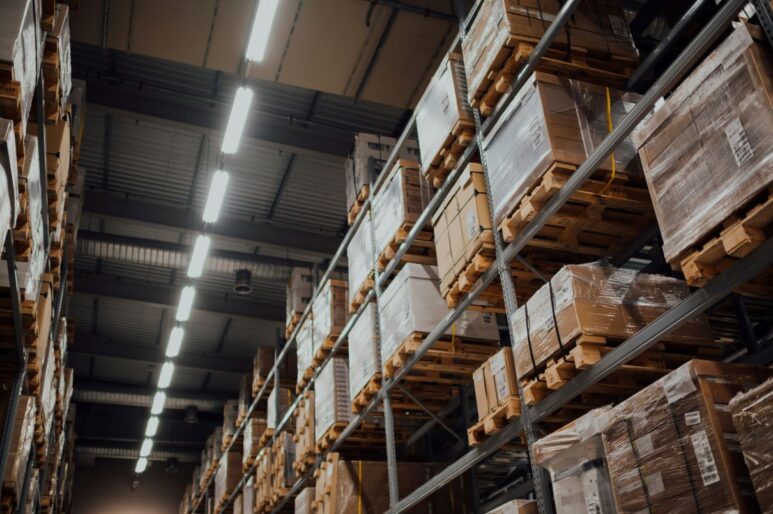As facility and maintenance managers look at changing it up for 2024, there are a few trends affecting warehouses that may influence their decision-making. As we continue to navigate labour shortages, inflation, and supply chain disruption, there are some trends in warehousing to consider when moving forward into 2024.
Leaning on technology
To better manage fulfilment, many companies are relying on technology to help fill the gaps, streamline processes, improve efficiency, and offer omni-channel distribution. This focus on collaboration between labour and technology includes everything from workflow automation to integration with AI, cloud management, robotics, real-time access to data, and more. Warehouse management systems (WMS) can also help specifically address operational needs, providing simple solutions to address workflow, provide flexibility, and integrate key technology. Moving forward, more and more warehouses will rely on technology to improve operations, address labour and workflow challenges, and grow their businesses.
RELATED: How AI can improve your warehouse operations
Smaller spaces
Many companies are now leasing warehouse space or scaling down, investing in smaller real estate for their warehousing. In fact, large warehousing deals were down 36 per cent from the second half of 2022 to 2023, year over year. To save on real estate, make the most of lowered occupancy, and better manage inventory, this is a trend that may well continue into 2024.
Following the pandemic, many businesses are seeking flexibility for warehousing and inventory storage as well. As the pandemic taught us, anything can happen. This means that we may see an increase in requests for shorter-term leases so businesses can be as prepared as possible and able to pivot if any disruptions occur in the future.
Location, location, location
To combat continuing supply chain delays, some companies are choosing to relocate their warehouse space to busier cities to help get closer to customers and improve delivery. This could also include setting up satellite warehouses so they can broaden their access to their customers, shorten delivery times, and try and limit supply chain delays as much as possible going forward.
Warehousing is evolving, adopting newer technologies and solutions to combat some of the challenges that have plagued managers over the last few years. The top trends for 2024 see maintenance and facility managers working to increase efficiency, improve delivery for their customers, and be able to adjust and adapt the business to continue to build the bottom line.









